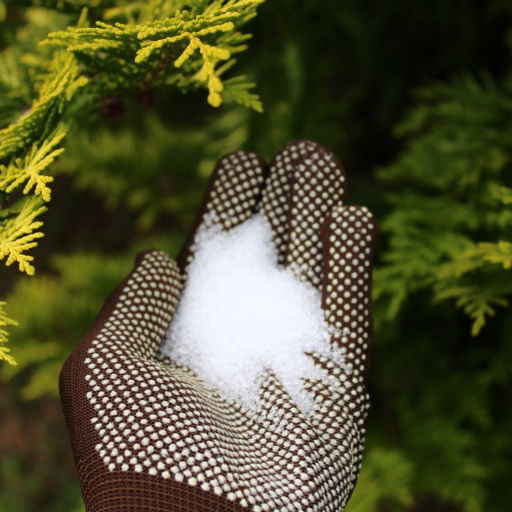Two very versatile substances could work like magic in your garden by improving the health of plants and causing them to grow. The following sections will elaborate on some outstanding features of each item; for instance, hydrogen peroxide is a natural disinfectant, insecticide, and source of oxygen for root systems, while Epsom salt contains sulfate and magnesium, which aid nutrient absorption and can also help treat various plant problems. By using practical tips and simple application methods, this article will discuss approaches readers may use to easily incorporate these ingredients into their gardening practices, leading to healthy leafy plants.
What Are the Benefits of Using Hydrogen Peroxide on Plants?
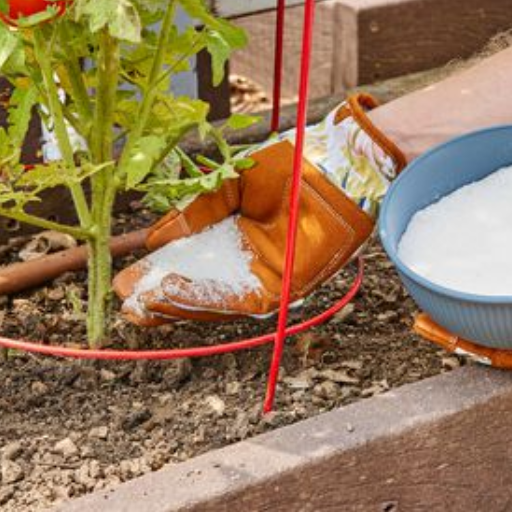
Advantages of Hydrogen Peroxide in Plant Care
- Fungicide Properties: Hydrogen peroxide is advantageous for treating plant diseases such as powdery mildew and root rot because it prevents fungal infections.
- Pest Control: It is also a natural insect repellent, so it can be used to reduce the need for chemical pesticides. It repels common pests like aphids and spider mites.
- Oxygen Supply: Quick decomposition releases oxygen, improving root respiration and leading to healthier roots, which in turn leads to better plant growth.
- Disinfection: Cleaning garden tools with hydrogen peroxide helps prevent the spread of diseases among plants.
- Seed Germination: Soaking seeds in diluted hydrogen peroxide will increase germination rates by loosening seed coats and providing some oxidation action.
- Nutrient Absorption: Hydrogen peroxide can enhance nutrient availability by helping break down organic matter in soil, enabling better absorption by plants.
How does Hydrogen Peroxide Disinfect Garden Tools?
Hydrogen peroxide kills bacteria well because it oxidizes them intensely making it a good disinfectant for gardening tools. When applied to these tools, this chemical decomposes quickly, releasing oxygen as water forms to eliminate viruses, bacteria, or fungi on the surfaces. Here’s how one should utilize it:
- Concentration: A three percent hydrogen peroxide solution usually suffices when disinfecting. However, using a 10% concentration may be necessary for more resistant pathogens, but it must be done carefully so that no harm occurs to the equipment used.
- Application: Either dip the gardening tools in hydrogen peroxide for about fifteen minutes or spray the surface directly using it. Ensure that you cover all parts, including hidden areas.
- Rinsing: Once disinfected, rinse these items with water until no contaminants remain from the hydrogen peroxide, thereby preventing corrosion.
- Drying: Let your tools dry naturally to sustainably ensure that they do not rust or ruin.
- Storage: After disinfection, put the tools in a clean, dry place to avoid the spread of disease between plants.
Observe these recommendations for proper tool sanitation while minimizing the risk of plant infection to reduce disease occurrence and ensure healthy crops.
Can Hydrogen Peroxide Help with Root Rot?
Yes, hydrogen peroxide is good for root rot which results from overwatering or poor drainage causing fungal infections. A diluted hydrogen peroxide solution on the affected soil helps oxygenate my roots, opening them up for healing and discouraging more fungi from growing. The bacteria stimulated by this chemical can outperform harmful pathogens as well. Nevertheless, one must ensure there’s sufficient water flow and avoid applying excessive quantities since it might be fatal to uninfected roots too much. In combination with changes in watering habits, such treatments promote quick recovery from root rot in my garden.
How to Use Epsom Salt in Your Garden?
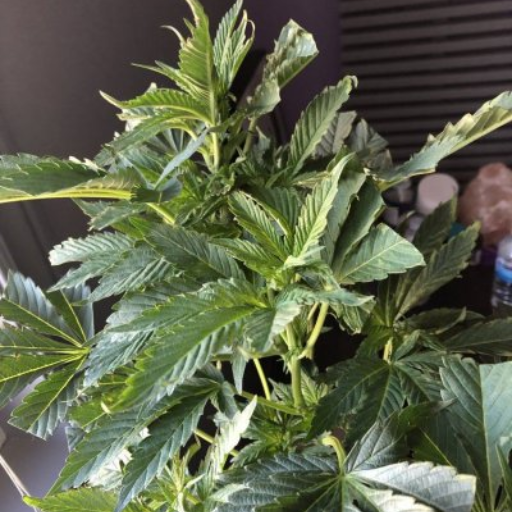
What is Epsom Salt, and What Is Its Importance for Plants?
Epsom salt, also chemically referred to as magnesium sulfate, is a naturally occurring mineral that serves as an essential supplement to plants. This is because it has magnesium, which helps in photosynthesis, thereby increasing chlorophyll production and promoting the healthy growth of plants. It also aids nutrient uptake and is essential in absorbing nitrogen and phosphorous. Adding Epsom salt to my garden boosts flowering and fruit production in plants like tomatoes and peppers and strengthens their overall health by reducing stress and enhancing resistance against diseases. As such, I ensure that plants have all they need for growth through a simple process.
Signs of Magnesium Deficiency in Plants
I notice several signs when my plants are suffering from magnesium deficiency. One sign is the yellowing of leaves, especially older ones, while veins remain green, known as interveinal chlorosis. Also, leaf curling or necrosis at the edges often leads to a more brittle look. In flowering plants, reduced flower and fruit sets can be accompanied by stunted growth. When I realize these symptoms, I make sure that I apply Epsom salt since it refills magnesium levels well enough and can aid recovery.
How to Properly Dilute Epsom Salt for Plant Use
I typically follow a simple process to dilute Epsom salt for plant use properly. First, I mix 2-4 tablespoons (30-60 mL.) of Epsom salts into each gallon of water before using this solution on the soil as fertiliser or spraying on leaves as foliar spray.. After applying this mixture, it is advisable that i give my crops sufficient amount of water so that the nutrients penetrate deep into their roots facility.. During the growing season, therefore, every four to six weeks, especially heavy feeders such as peppers or tomatoes, are fed with this mixture to keep our garden flourishing.
How to Mix Hydrogen Peroxide and Epsom Salt?
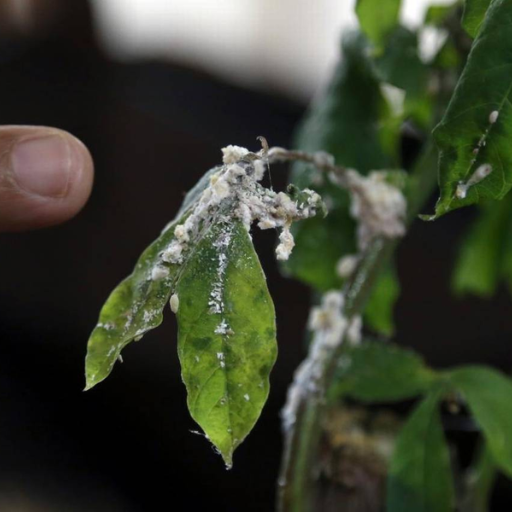
How Much Hydrogen Peroxide to Use?
Whenever I mix hydrogen peroxide and Epsom salt for my plants, I use one part of hydrogen peroxide combined with two parts of water. This weak solution gives roots enough oxygen, thus fighting diseases in the plants. For example, if I use 1 cup of hydrogen peroxide, I will add equal water. It is possible to promote healthy root systems and prevent fungal infections when you adopt this ratio. Also, I need to ensure that the hydrogen peroxide has a concentration of 3%, readily available and safe for use in gardens. Applying this mixture once a month can help keep my plants thriving while minimizing the risk of over-application.
What’s the appropriate amount of epsom salts to put in a gallon of water?
From my personal experience and information gathered from top gardening resources, I can say that we usually recommend about 1-2 tablespoons of Epsom salt per gallon of water. This dosage strikes a good balance between magnesium and sulfur needs by providing enough without over-fertilizing. They instruct people to start with one tablespoon for lighter feeders like herbs, increasing it to 2 tablespoons for heavier feeders such as tomatoes and peppers (websites). The idea is to avoid building up salts in the soil that may damage the roots over time. I also ensure that this mixture is applied during the growing season, preferably every four weeks, to maximize its efficiency in promoting healthy plant growth.
Can you spray this mix on your houseplants without any worries?
I discovered that spraying houseplant leaves with an Epsom salt-water mix doesn’t pose significant danger if done correctly. According to some sites like Gardening Know How most houseplants are not affected by regular usage; they state that Epsom salt is safe for houseplants. The recommended usage rate is about one tablespoon of Epsom salts per gallon of water, which matches my use. It’s essential to be cautious and avoid adding too much, as it can lead to salt buildup and potential harm to the root system.
A solution of Epsom salt can also be helpful when combined with this hydrogen peroxide mixture. As before, the typical concentration recommended for hydrogen peroxide indicate that it remains at 3%, since it causes less damage while still providing enough oxygen to the roots. It should be sprayed early in the morning or late in the afternoon so that leaf burn from the sun does not occur. In doing so, I have learned that this approach supports overall plant health without any negative consequences by following these guidelines and seeing how they affect my plants.
Can You Use Hydrogen Peroxide as a Fertilizer?
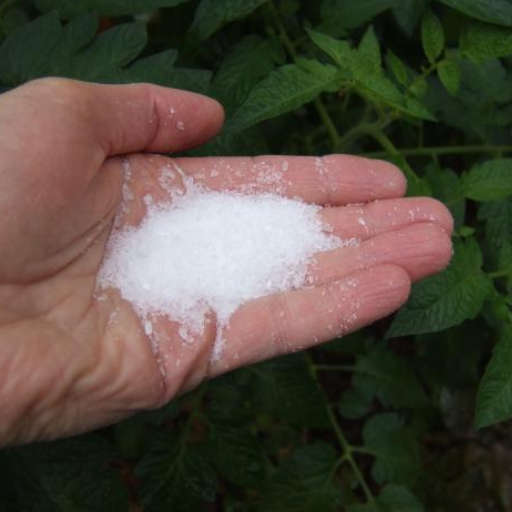
Effect of Hydrogen Peroxide on Plant Growth
From my experience, hydrogen peroxide can boost the growth of plants by increasing the availability of oxygen in the soil. According to ideas from leading gardening websites such as The Spruce and Gardening Dream, this compound turns into water and oxygen when you apply it, therefore helping to aerate your soil, hence no root rot. It may also act as a mild disinfectant, thereby reducing the presence of harmful pathogens in the root zone. Mostly, I dilute 3% hydrogen peroxide with water at a ratio of 1:4 (one part hydrogen peroxide to four parts water), thus rendering it harmless to my plants. This method promotes strong root development and overall plant vigor, making it an essential aspect of my gardening routine.
Hydrogen Peroxide Spraying: Best Practices
To maximize its benefits when spraying my plants with hydrogen peroxide, there are certain best practices that I never fail to observe. First and foremost, before applying it widely, I always do a patch test on a small area so as not to have any adverse reactions whatsoever. They matter most when temperatures are more relaxed, which is usually early morning or late afternoon. This helps prevent leaf burn from the sun. It’s always good I stick to a diluted solution of water mixed with 3% hydrogen peroxide at one part hydrogen peroxide to four parts water to water all my garden beds at once without giving any damage through leaves’ direct application on them by focusing more on their bases and soil so that they fall right inside effectively rather than harming anything else around them resulting from poor oxygen penetration into roots alone without causing damages as well about ten minutes after use among other reasons. Finally, after using this substance systematically per given recommendations, they watch possible changes made afterward while adjusting accordingly, if any, so that they attend the intended target level.
Combining Hydrogen Peroxide with Other Fertilizers
Incorporating hydrogen peroxide in my fertilization process increases the potency of several fertilizers. For instance, oxygen released by hydrogen peroxide is often mixed with organic fertilizers, which helps disintegrate nutrients so that plants easily absorb them. Alongside my liquid fertilizers, I use a diluted solution of hydrogen peroxide applied during watering exercises. By doing so, nutrients are supplied effectively. At the same time, soil aeration increases, and beneficial microbial activities are promoted, thereby making this mixture an ideal option for any farm. Nevertheless, I avoid going beyond certain limits; therefore, the concentration of hydrogen peroxide must be limited to safe levels so that my plants do not be harmed in any case whatsoever.
What Pests and Fungal Issues Can Hydrogen Peroxide Treat?

Using Hydrogen Peroxide to Fight Fungus
As for my plants, I have discovered that hydrogen peroxide is an effective and natural way of combating fungal infections. I usually use a mixture of 3% hydrogen peroxide and water for the fungus, which should be diluted before being applied directly to all the affected parts. This treatment releases oxygen, kills fungal spores, and facilitates healthy plant growth. Consequently, I have been spraying the liquid on leaves and soil, especially if there are discolored regions or any sign of fungi. Before using it, after some time, I observe the plants to notice changes and know what to do next with this method, helping to control already existing fungal problems and preventing new ones.
How To Use Hydrogen Peroxide For Pest Control
In most cases, hydrogen peroxide has proven to be an effective substance in eliminating pests found in gardens, such as aphids, spider mites, and whiteflies. Instead of many other potent solutions, I prefer applying a three-percent hydrogen peroxide solution, whereby one part is mixed with four parts water.
I apply this mixture straight onto affected plants, focusing mostly on the undersides of leaves where bugs are likely to be found. My intention is usually not to burn the leaves due to direct sun, so this is done early morning or late afternoon during sunny days like today. After every treatment session, it’s important to monitor my garden until the presence of these pests is reduced.
At the same time, I ensure that my hydrogen solution is fresh since it’s anything but good if used stale. Thus, yet more importantly, while still getting rid of existing pests, it offers immunity against future attacks, making my garden grow stronger each day.
Safety Precautions When Using Hydrogen Peroxide
When using hydrogen peroxide in my crop protection activities at my home garden, I always put safety as my top priority. Firstly, since they are highly concentrated solutions, I must wear gloves and goggles to prevent any potential skin or eye irritation. Moreover, during the spraying process, one is advised to ensure that he or she does it in a well-ventilated area to avoid inhaling harmful substances. I don’t mix hydrogen peroxide with other chemicals, especially vinegar or bleach, because this could result in toxic reactions. Finally, when there is no use in the whole solution, I store it carefully for future purposes, away from direct sunlight, inside the refrigerator, which should be out of children’s reach. After taking these measures, I can now be confident that my health is not affected by using hydrogen peroxide to improve my garden at home.
Where to Discover More Tips and Hacks for Using Epsom Salt and Hydrogen Peroxide?
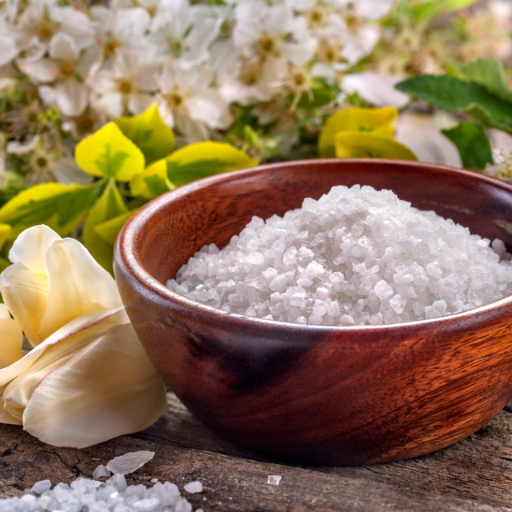
TikTok’s Most Popular Plant Care Videos
I often consult TikTok to learn more about using Epsom salt and hydrogen peroxide in my gardening routine. This platform is packed with avid plant lovers who disseminate hands-on tips and artistic ideas. For example, short videos show how to use Epsom salts effectively to stimulate plant growth and facilitate blooming, as well as small clips that demonstrate how hydrogen peroxide can be used to effectively eradicate tough pests. In addition, some channels are associated with DIY recipe sharing, application techniques for proper growth of plants, and personal stories of success, which mirror my gardening experiences. Following hashtags like #PlantCare, #GardeningHacks, and #EpsomSalt gives me access to current trends and practices that will enhance my skills in maintaining a garden.
Do These Things And Your Garden Will Explode
I have found three critical strategies for growing my garden through these hacks. First off, I will regularly test soil for nutrient levels so I can adjust accordingly by either amending or just adding compost where necessary. Second is companion planting, which has the benefit of enhancing nutrition absorption while repelling pests naturally. In return, pairing basil with tomatoes helps them grow better and taste great! Lastly, a consistent watering schedule that entails early morning or late evening periods is followed, thus reducing the evaporation rate and ensuring maximal water intake. Through these methods being integrated into my gardening practice, I have witnessed significant improvements in plant healthiness and yield.
Be Part of Our Community: Share Your Stories
I believe in the power of community to make our gardening journeys even better since I am an enthusiastic gardener. Gardening forums and social media groups are platforms where ordinary people share their experiences and insights. By relating with other farmers, I can tell them how successful using Epsom salt was in my garden and the effect of companion planting. I can also learn from their different approaches and challenges. I usually motivate people to share their tips, triumphs, and even failures because this is how we all grow: our plants and ourselves. Being a member of these groups has improved my gardening and led to long-lasting relationships among like-minded people passionate about nurturing the soil.
Reference sources
Frequently Asked Questions (FAQs)
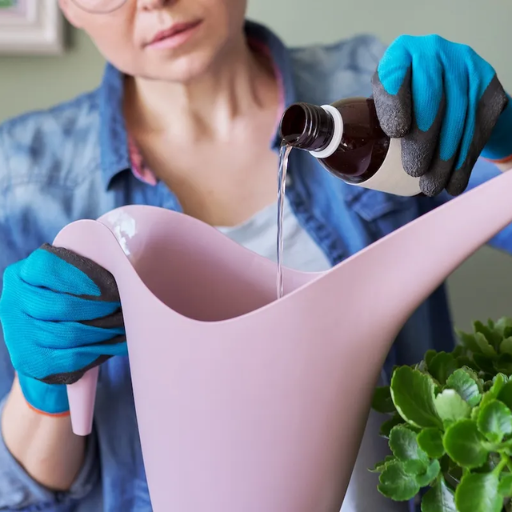
Q: What are the benefits of using Epsom salt and hydrogen peroxide for plants?
A: Epsom salt provides magnesium and sulfate, which are essential nutrients for plant growth. Hydrogen peroxide can help oxygenate the soil and prevent root rot. Together, they can enhance plant health, support stronger growth, and help control pests and diseases.
Q: How should I apply Epsom salt and hydrogen peroxide to my plants?
A: You can simply mix a little Epsom salt with a small amount of hydrogen peroxide in a spray bottle and apply it directly to the leaves of plants for foliar feeding or to the soil to help improve nutrient absorption.
Q: Can I use hydrogen peroxide for plants in my garden?
A: You can use hydrogen peroxide for plants in your garden. It effectively provides additional oxygen to the roots and helps control fungal infections. Just be sure to dilute it properly before application.
Q: What do plantmom how-to videos recommend for applying hydrogen peroxide?
A: Plantmom## how to videos often recommend mixing a solution of hydrogen peroxide (H2O2) with water to create a safe and effective treatment for plant roots. This promotes healthier growth and helps to beat fungus gnats.
Q: How does Epsom salt help with nitrogen availability in plants?
A: Epsom salt contains magnesium, which aids chlorophyll synthesis and enhances the plant’s ability to utilize nitrogen effectively. This means that when you supplement your plants with Epsom salt, they can use nitrogen in the soil better.
Q: Is it safe to use hydrogen peroxide on seedlings?
A: A diluted hydrogen peroxide solution can be safe for seedlings. When used correctly, it helps sterilize the soil and can promote healthy root development.
Q: Where can I discover videos of plant care with Epsom salt and hydrogen peroxide?
A: You can discover videos about using Epsom salt and hydrogen peroxide for plants on platforms like TikTok by searching for hashtags such as #plantcare or #planttips, where many plant enthusiasts share their methods and results.
Q: How does hydrogen peroxide sterilize surfaces in gardening?
A: Hydrogen peroxide acts as a disinfectant, sterilizing surfaces in gardening by killing pathogens. This property can be beneficial when cleaning tools or pots that will be used for planting.
Q: What is the importance of a soil mix when using Epsom salt and hydrogen peroxide?
A: A well-balanced soil mix is important because it provides the essential nutrients and good drainage for plant roots. Adding Epsom salt and hydrogen peroxide can further enrich the soil mix by improving nutrient absorption and oxygen availability.



